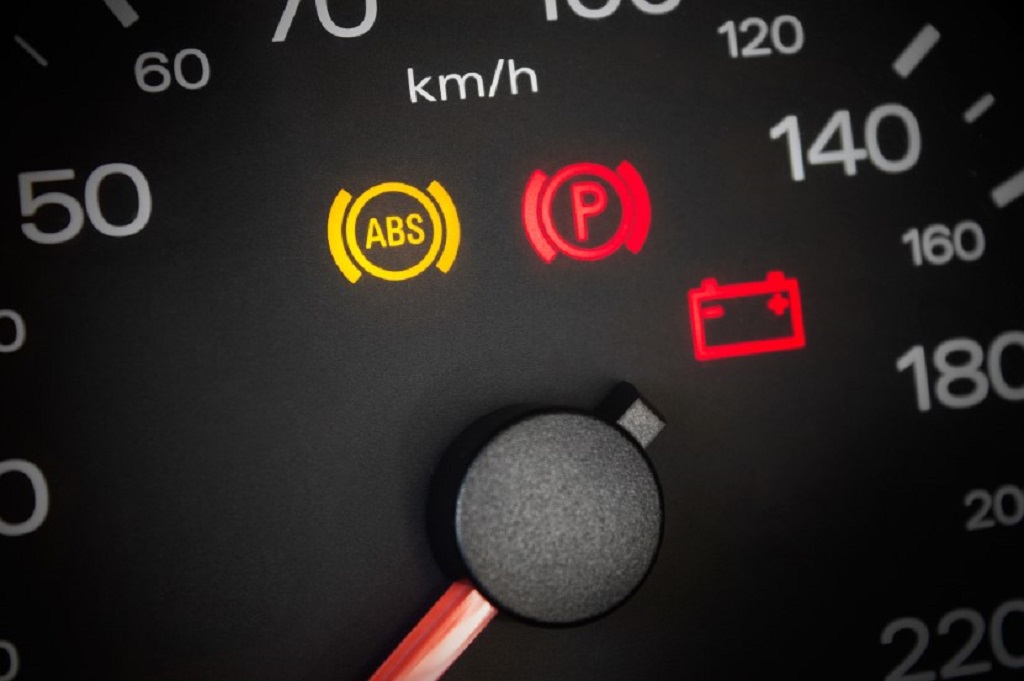When it comes to safe driving, many factors come into play. From obeying traffic laws to maintaining your vehicle, there’s a lot to consider. However, one skill stands out as the most crucial for ensuring safety on the road: defensive driving. In this article, we’ll delve into the world of safe driving and explore why defensive driving is the skill you should prioritize above all else.
Understanding Defensive Driving
Defensive driving is more than just a set of rules; it’s a mindset that can significantly reduce the risk of accidents. At its core, defensive driving means being proactive and prepared for unexpected situations on the road.
Anticipating Potential Hazards
One of the key aspects of defensive driving is anticipating potential hazards before they become emergencies. This involves scanning the road ahead, identifying potential dangers, and taking action to avoid them.
Maintaining a Safe Following Distance
Maintaining a safe following distance is crucial for reacting to sudden stops or unexpected maneuvers by other drivers. It gives you the time and space to respond safely.
The Role of Situational Awareness
Situational awareness is a fundamental aspect of defensive driving. It involves staying alert and aware of your surroundings at all times.
Minimizing Distractions
In today’s digital age, distractions in the car are more prevalent than ever. Defensive drivers minimize distractions, such as texting or adjusting the radio, to focus on the road.
Staying Calm Under Pressure
When faced with a stressful or dangerous situation on the road, staying calm is essential. Defensive drivers know how to manage their emotions to make rational decisions.
Dealing with Aggressive Drivers
Aggressive drivers can be a significant threat. Defensive drivers know how to handle aggressive behavior without escalating the situation.
Adapting to Adverse Conditions
Weather and road conditions can change rapidly. Defensive drivers are prepared to adapt to adverse conditions to maintain control of their vehicles.
Handling Rain, Snow, and Ice
Driving in inclement weather requires a unique set of skills. Defensive drivers understand how to navigate through rain, snow, and ice safely. Here we give some extra tips to driving safely.
Vehicle Maintenance
While defensive driving focuses on your behavior behind the wheel, maintaining your vehicle is also essential for safety.
Regular Inspections
Regular vehicle inspections can catch potential issues before they become serious problems. Defensive drivers schedule routine check-ups.
Conclusion
In the world of safe driving, defensive driving takes center stage. It involves anticipating potential hazards, maintaining situational awareness, staying calm under pressure, and adapting to adverse conditions. While other skills are important, a solid foundation in defensive driving can make all the difference when it comes to avoiding accidents and arriving safely at your destination.
FAQs
What is defensive driving?
Defensive driving is a proactive approach to safe driving that involves anticipating potential hazards and taking steps to avoid accidents.
Why is defensive driving important?
Defensive driving is crucial because it reduces the risk of accidents and helps drivers navigate unexpected situations on the road.
How can I become a defensive driver?
To become a defensive driver, you should take a defensive driving course, practice situational awareness, and prioritize safety at all times.
Is defensive driving the same as obeying traffic laws?
While obeying traffic laws is essential, defensive driving goes beyond that by actively anticipating and avoiding potential hazards.
What role does vehicle maintenance play in defensive driving?
Vehicle maintenance is part of defensive driving, as a well-maintained vehicle is less likely to experience mechanical failures on the road.








